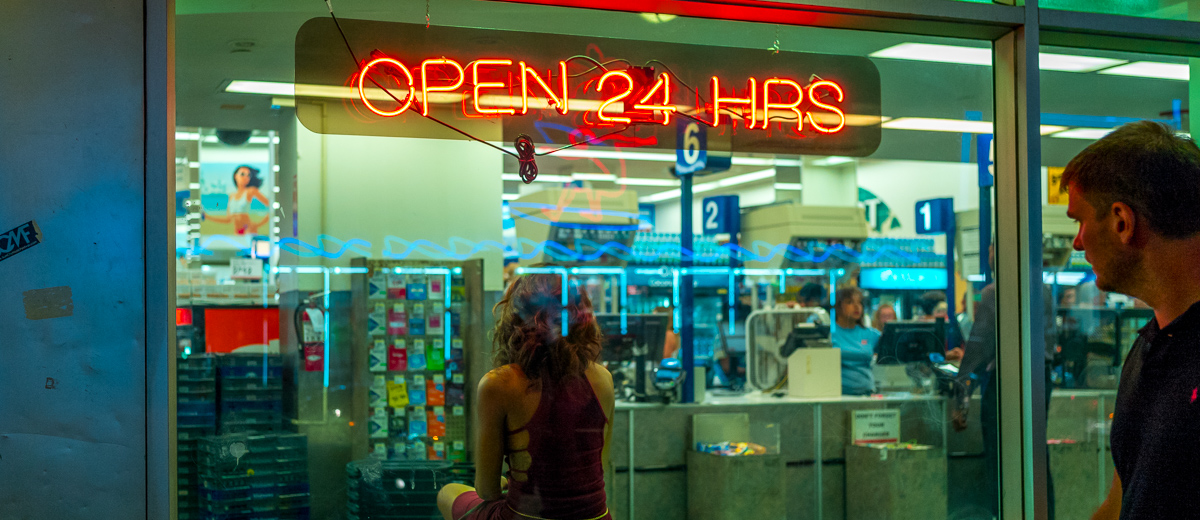
By David Farkas, LeicaStore Miami
When it comes to cameras, I’m a big believer in the right tool for the job approach. Until recently, models in the Leica roster seemed purpose-built for different types of photography. An M for street and reportage. An S for landscape and studio. But, with advancing technology, the lines have started to blur. An M10 can readily be used for landscape with outstanding resolution, dynamic range and optics to match. An S007 is better equipped for that task, of course, but the M10 would still yield excellent results. What about the other way around?
While the original LeicaS2 DSLR-sized medium format digital could be a useful walk-around camera in good light, it fell short when the sun set. This was always my cue to pull out the M with a fast 35mm f/1.4 Summilux mounted on the front. For many photographers, this perception that medium format digital cameras aren’t cut out for low light shooting persists.
Thankfully, with advances in sensor technology, we’ve come a long way from CCD chips incapable of delivering clean results past a meager ISO 800. Indeed, the 37.5 MP CMOS sensor at the heart of the S (Typ 007) is a far cry from its CCD predecessor. But, even with a better sensor, could the S be useful for hand-held nighttime shooting and pull double-duty?
The sensor is only part of the equation. M lenses, especially Summiluxes and Noctiluxes, are designed to soak up every last drop of light. S lenses, while fast for medium format, still only clock in at f/2.5 or f/2.8, two full stops slower. That constraint forces you to use slower shutter speeds and/or higher ISO settings to compensate. If I was to try using an S like an M, would slower lenses be the limiting factor? Or, would the added potential for more mirror and shutter vibration with a 60% larger-than-full-frame sensor area be its downfall? At least on paper, the deck seemed stacked against the S for sure.
Putting the Camera to the Test
I decided to put the camera to the test, taking the S007 out for a night on the town in South Beach. But, before hitting the road for actual shooting, I wanted to get a feel for what kind of experience I was likely in for. So, I shot some simple test shots.
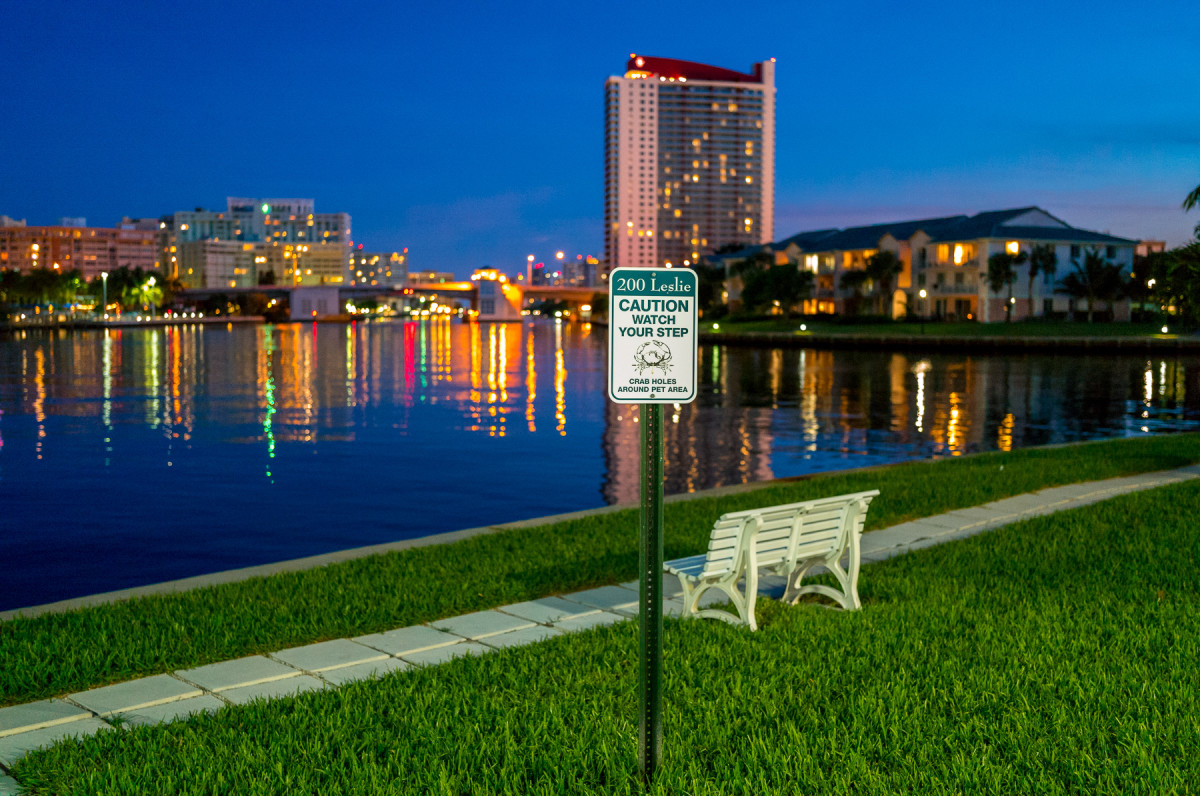
Leica S (Typ 007) with 45mm Elmarit-S
1/30th @ f/2.8, ISO 6400, handheld
Alright, this wasn’t exactly the result I was expecting from my very first test shot. At the time, my dog was yanking on his leash, which I had looped around my right arm – the one trying to steady the camera for a slow shutter speed of just 1/30th of a second. I used rear button AF to lock onto the sign, then squeezed off a frame wide-open on the Elmarit-S 45mm f/2.8 ASPH. And…. Wow. I was blown away. Here’s a 100% crop from the above shot. Yes, there is some noise, but it’s almost all luminance noise, resulting in a not-so-offensive film-like look.
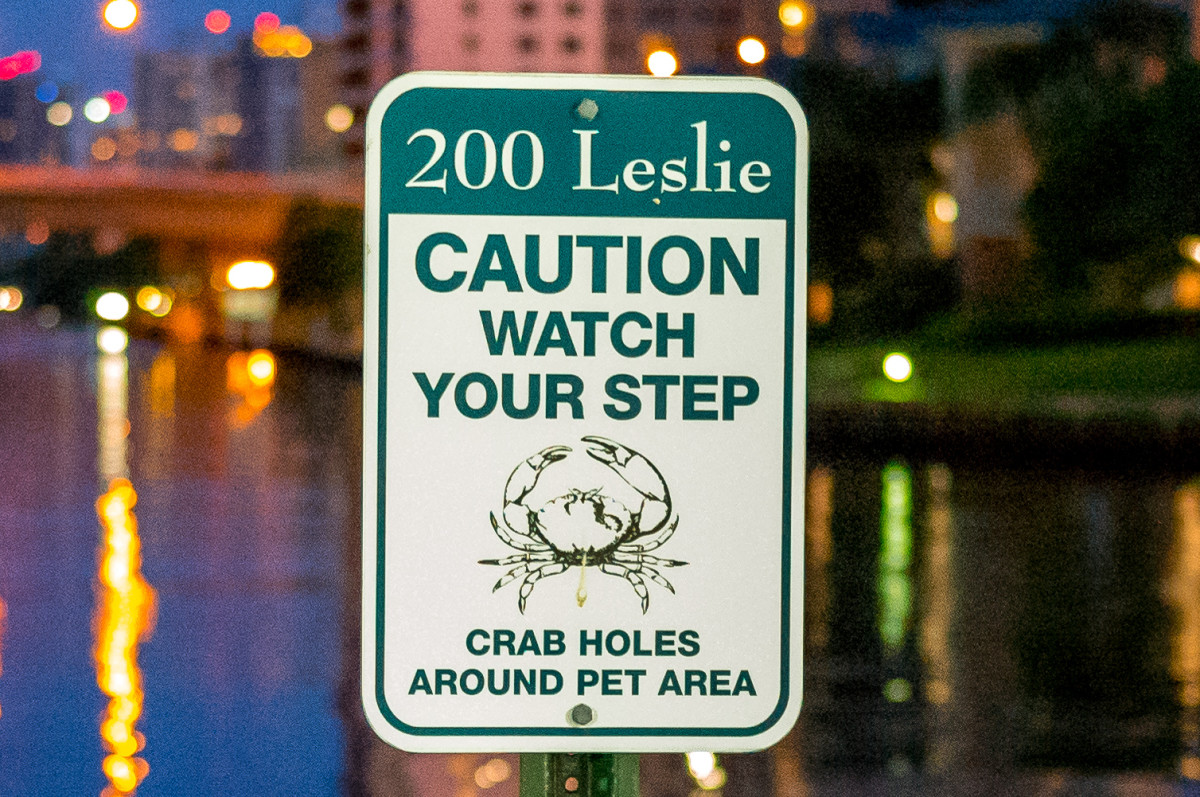
Leica S (Typ 007) with 45mm Elmarit-S
1/30th @ f/2.8, ISO 6400, handheld
100% crop
What about pushing past ISO 6400 and seeing what ISO 12,500 could do for me? I adjusted the ISO and snapped off another. Again, way better than I was expecting. The ability to retain color information and keep noise to a minimum was astonishing.
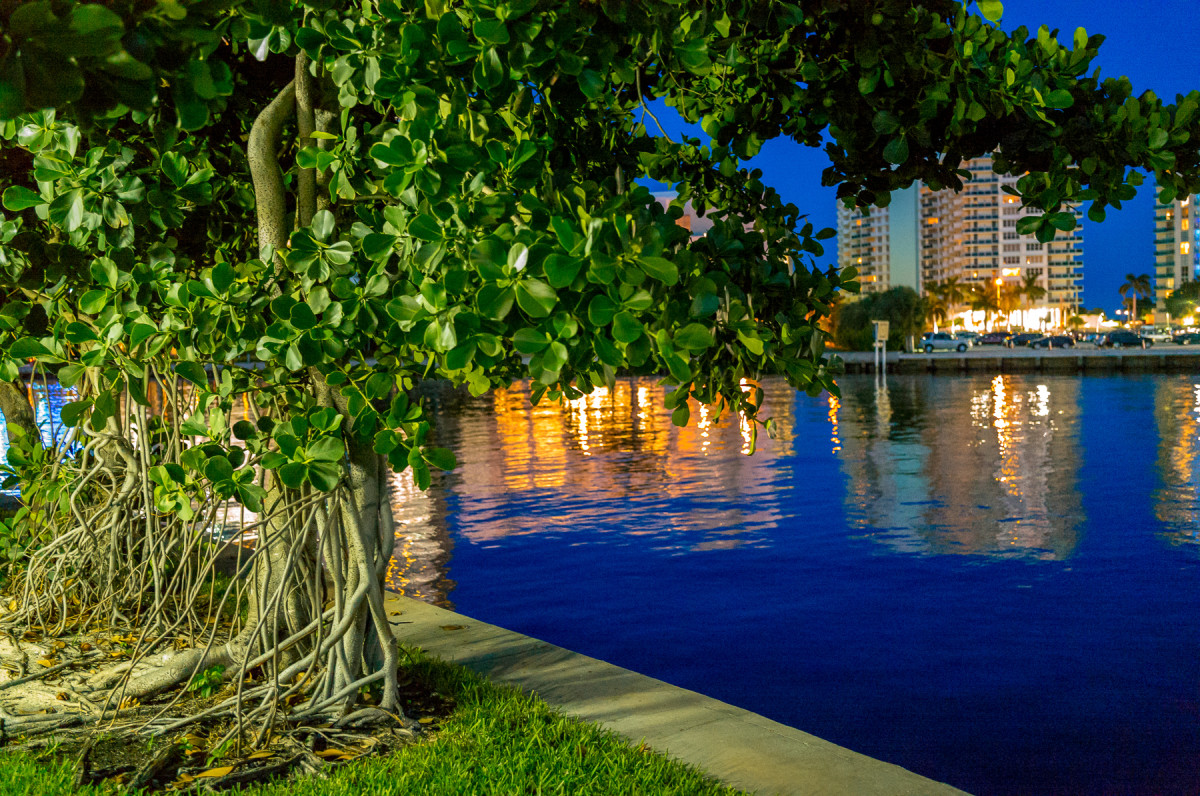
Leica S (Typ 007) with 45mm Elmarit-S
1/30th @ f/2.8, ISO 12,500, handheld
And another. This one back to ISO 6400, seeing what kind of detail I could get at infinity wide-open. The answer: all of if. Even at slow shutter speeds.
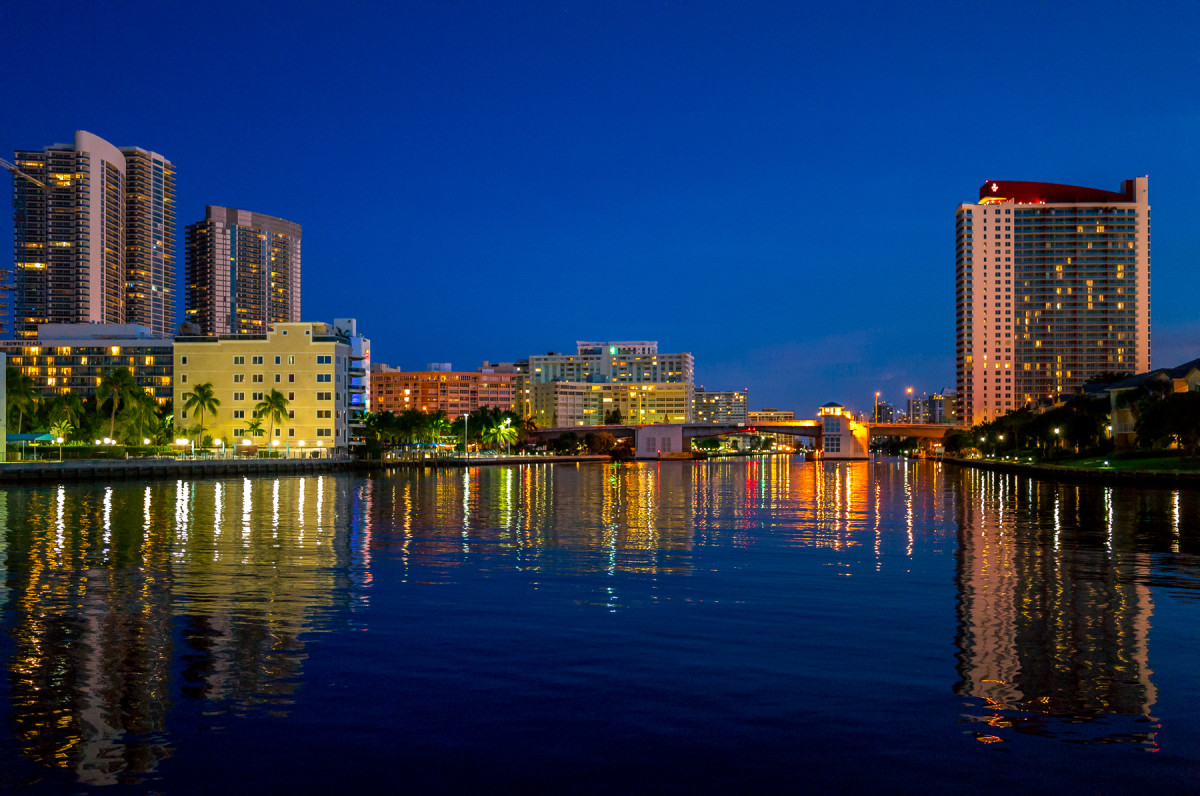
Leica S (Typ 007) with 45mm Elmarit-S
1/30th @ f/2.8, ISO 6400, handheld
After the success of three handheld 1/30th of second shots in a row, I figured I’d push the limit and see if I could get away with 1/15th. Nailed it.
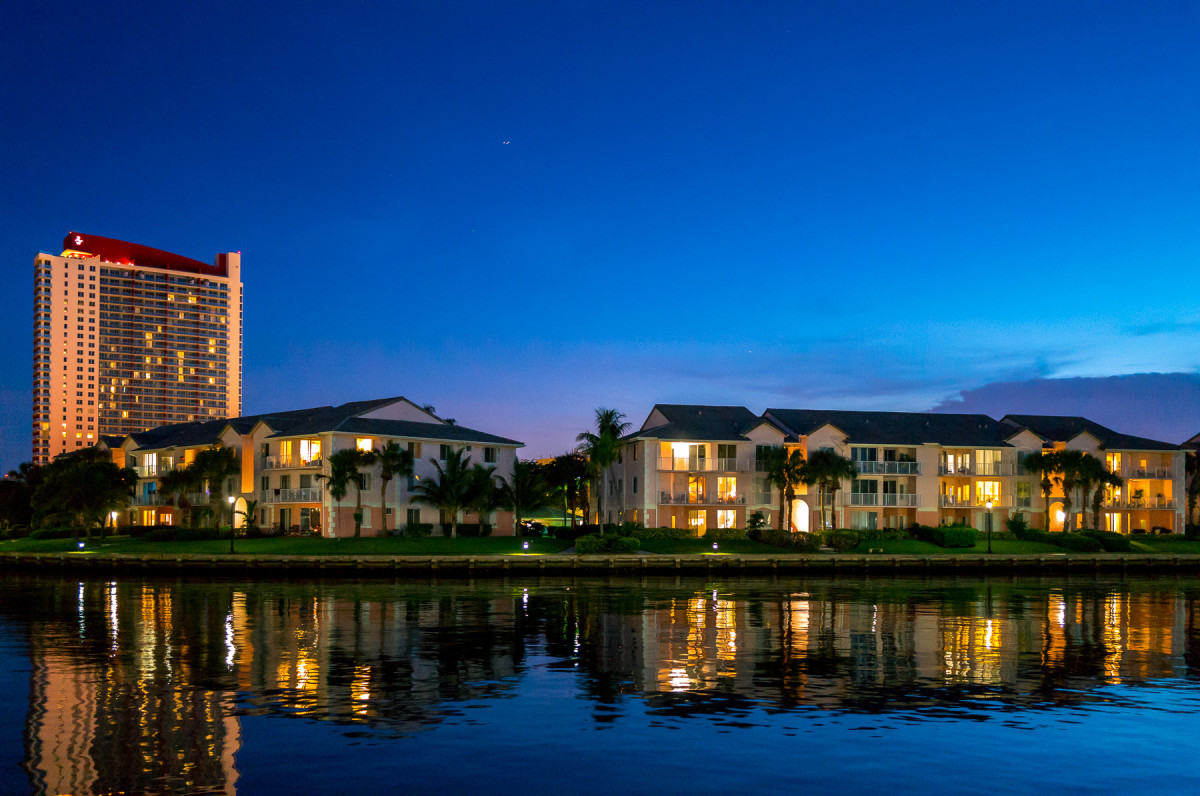
Leica S (Typ 007) with 45mm Elmarit-S
1/15th @ f/2.8, ISO 6400, handheld
And a 100% crop of that shot. Again, some noise, but still plenty of detail and surprisingly sharp for 1/15th of a second handheld medium format with no image stabilization or mirror lock-up. This was a straight-up handheld grab shot and a testament to the well damped mirror and shutter mechanism of the S007.
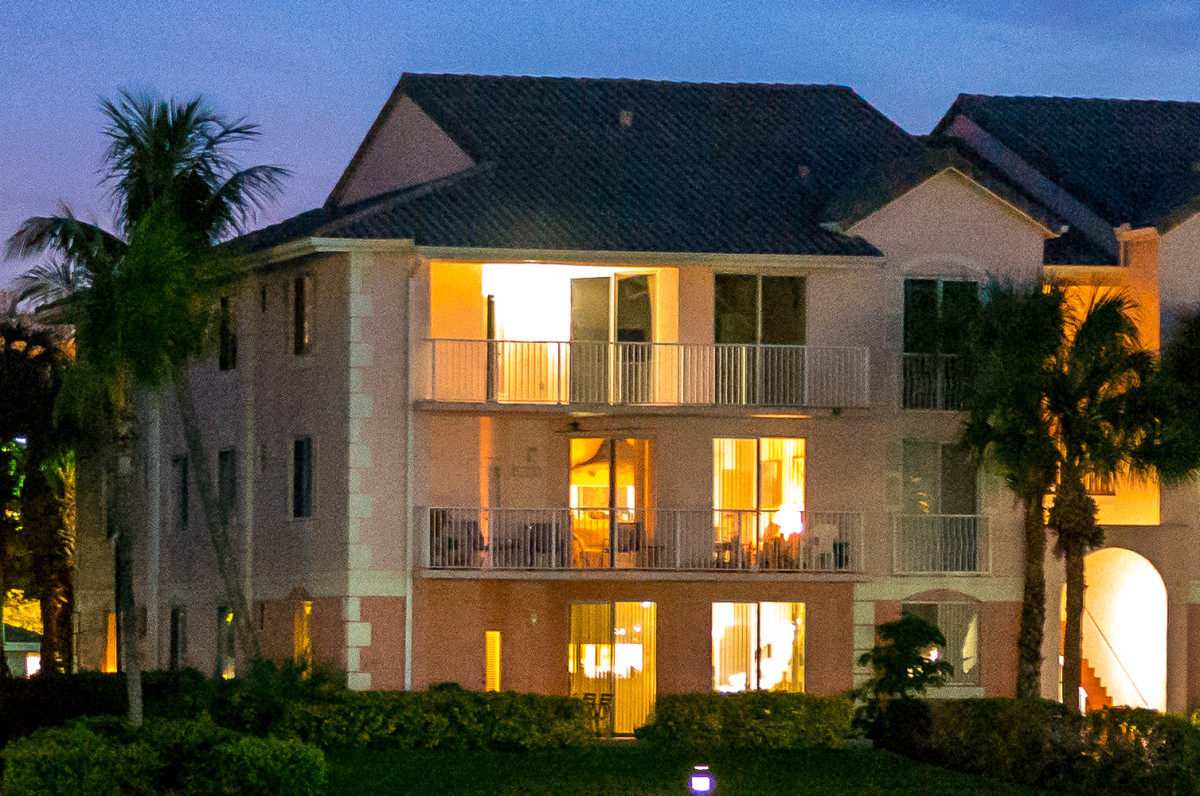
Leica S (Typ 007) with 45mm Elmarit-S
1/15th @ f/2.8, ISO 6400, handheld
100% crop
After taking a look over the backyard tests, and discovering a new level of confidence in the S007 for night photography, I grabbed the S camera, 45mm f/2.8 Elmarit-S ASPH, 70mm f/2.5 Summarit-S ASPH and120mm f/2.5 APO-Macro-Summarit, and headed for the neon lights of South Beach.
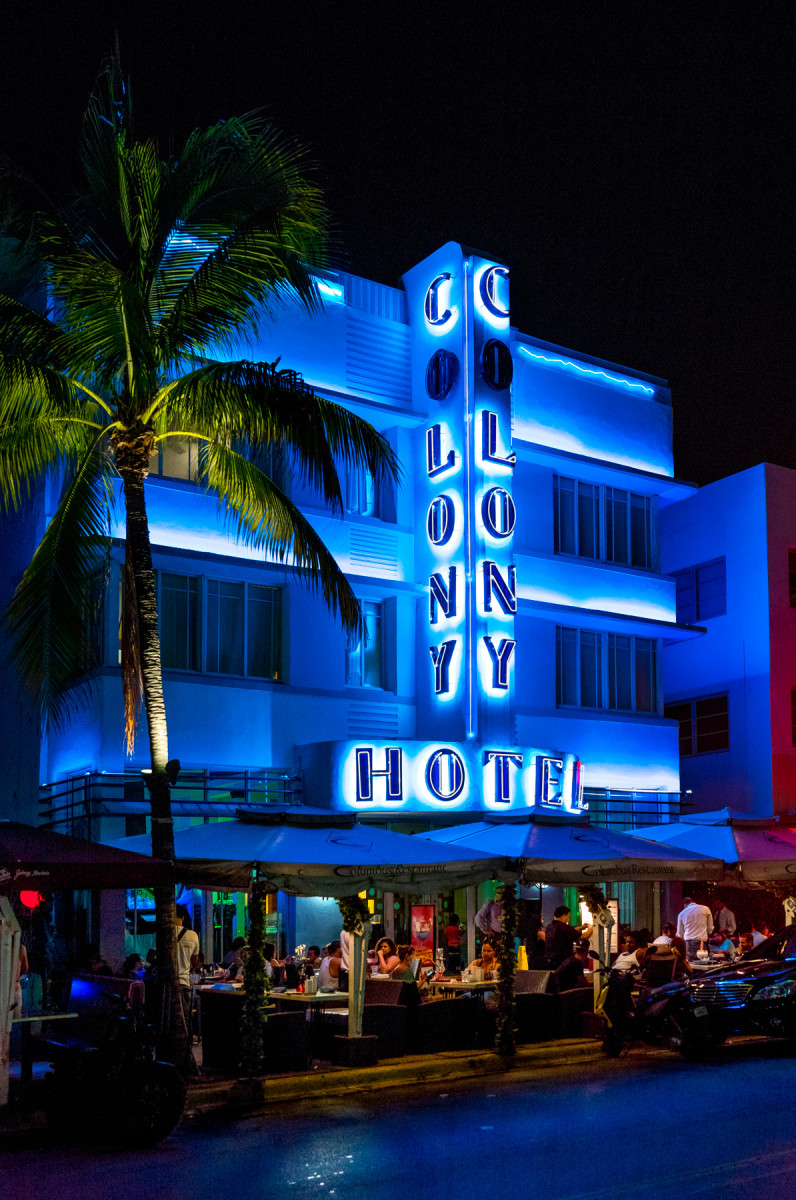
Leica S (Typ 007) with 45mm Elmarit-S
1/90th @ f/4, ISO 3200, handheld
Challenges for Night Photography
The classic challenge of night photography is performing a balancing act on three fronts:
- Keeping ISO low in order to minimize noise and maximize image quality
- Keeping shutter speeds high to avoid camera shake, freeze action and produce sharp images
- Stopping down when needed to achieve usable depth of field
Of course, if you prioritize any one of these, the others directly suffer as a result. Lower your ISO and you’ll end up with a slow shutter speed or an aperture without enough depth of field. So, you might have a very clean, yet out-of-focus and blurry image. Conversely, focus on a fast shutter speed and you’ll need a higher ISO. Sharp, but noisy. It’s a zero sum game.
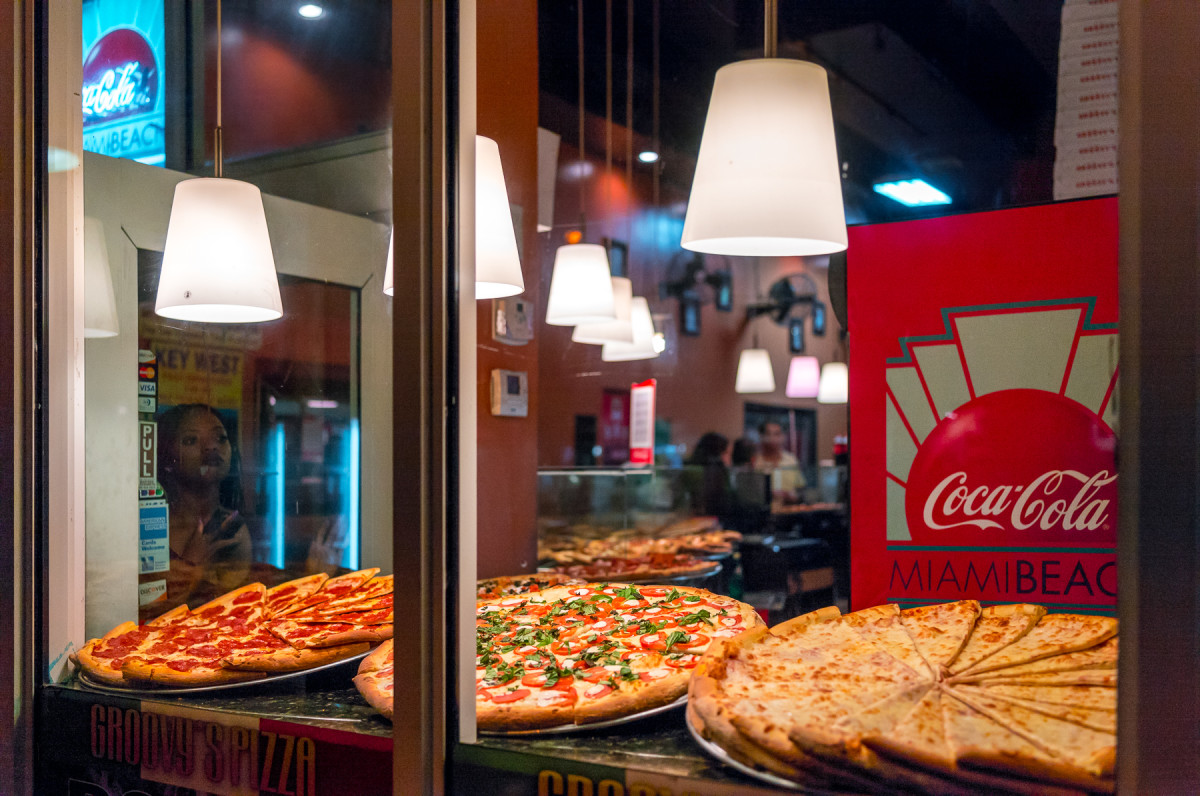
Leica S (Typ 007) with 45mm Elmarit-S
1/1500th @ f/2.8, ISO 1600, handheld
Which is why we, photographers, cheat. Throw the camera on a tripod and, suddenly, all the restrictions go out the window. Low ISO, slow shutter speed, stopped down. Bam! Maximum image quality in low light. Alternatively, some photographers use additional lighting, or move subjects into areas with better lighting.
For nighttime street photography, generally speaking, these cheats don’t work. While a tripod can work for a cityscape, it doesn’t do much for moving subjects. And using flash in a situation like that not only ruins the mood of the shot, but draws unnecessary attention and can even be considered downright rude. As mentioned previously, the last workaround is to use a super-fast lens, but that sacrifices number 3. Shallow DOF can work great for night photos with lovely, colorful bokeh, but sometimes you want something different, with a full scene in focus.
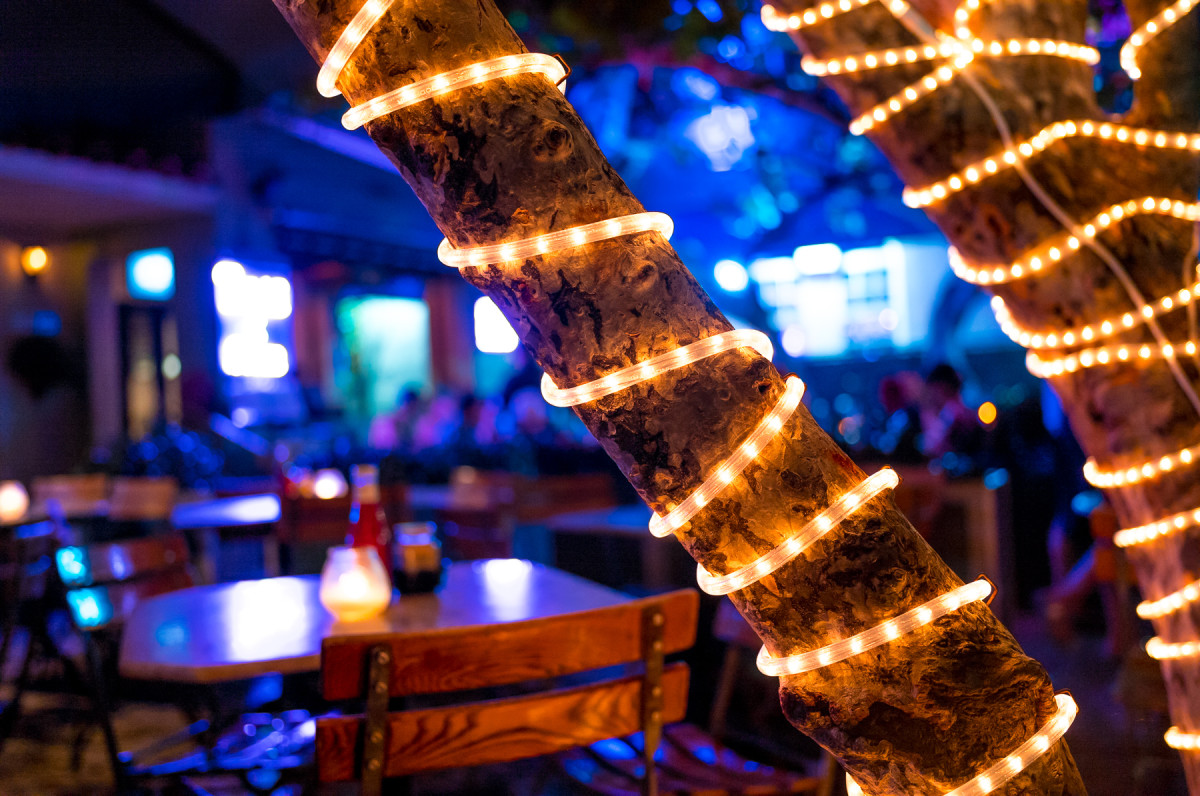
Leica S (Typ 007) with 45mm Elmarit-S
1/60th @ f/2.8, ISO 1600, handheld
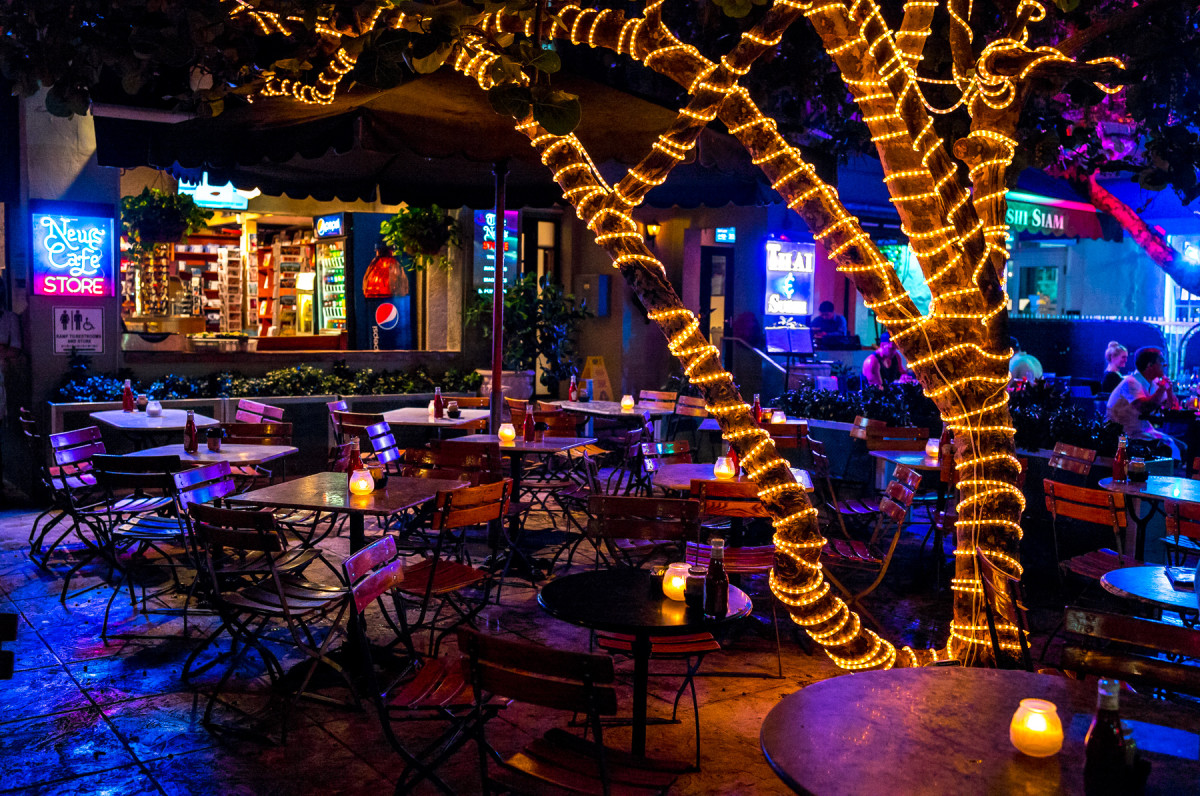
Leica S (Typ 007) with 45mm Elmarit-S
1/90th @ f/4, ISO 3200, handheld
Therefore, we welcome the march of digital progress and increasingly more capable sensors. Here, the CMOS chip in the S007 is able to provide sufficient sensitivity and low enough noise in order to allow shutter speed and aperture combinations that get the job done.
Even more remarkable to me is that I am consistently able to use shutter speeds that conventional wisdom would say are too slow for medium format digital. This is one area where the S007 shines.
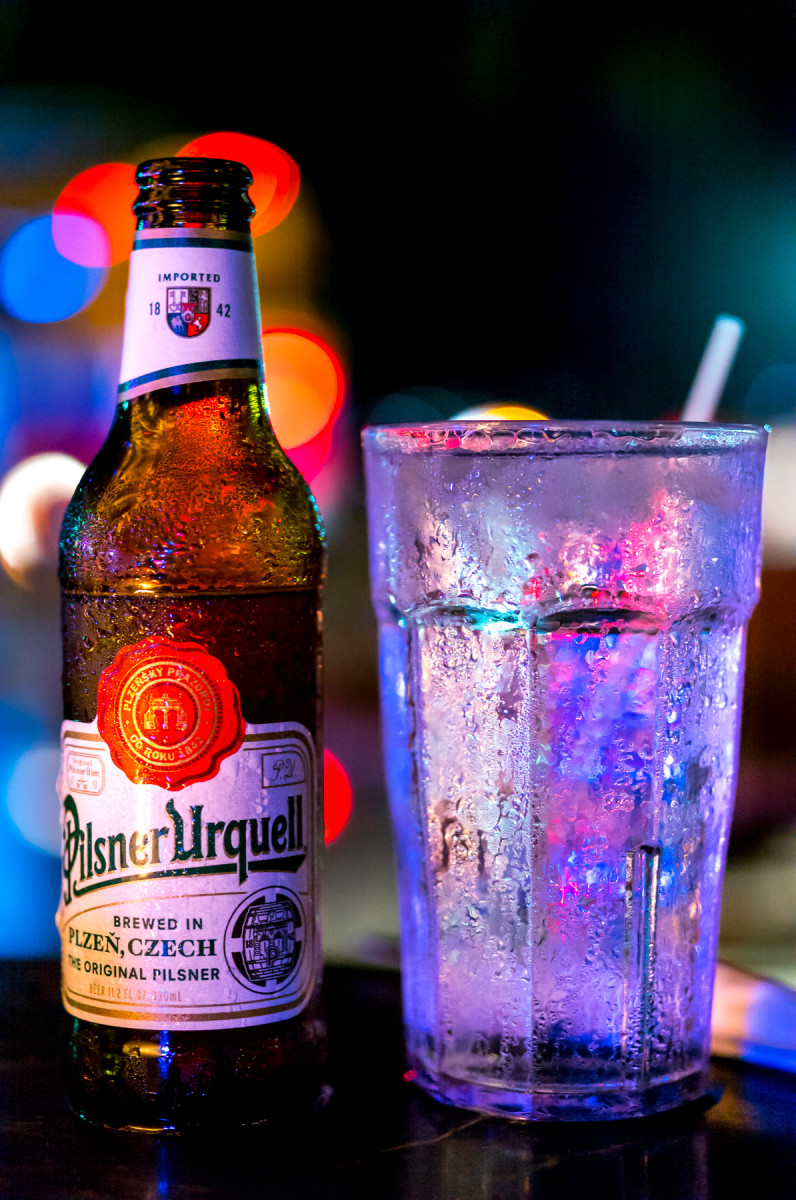
Leica S (Typ 007) with 70mm Summarit-S
1/90th @ f/2.5, ISO 6400, handheld
I’ll freely admit that the Leica M10 with a 35 Lux would be far better suited for night photography. But, man, did the S007 put up a nice showing. While I tried to use all three lenses during my test, the 45 became the clear favorite. A 35 equivalent on the S, the focal length just feels right for walk-around photography. As such, the 45 has become my most used lens in the S System, taking the place the 70 held for a number of years, before the 45 was an option.
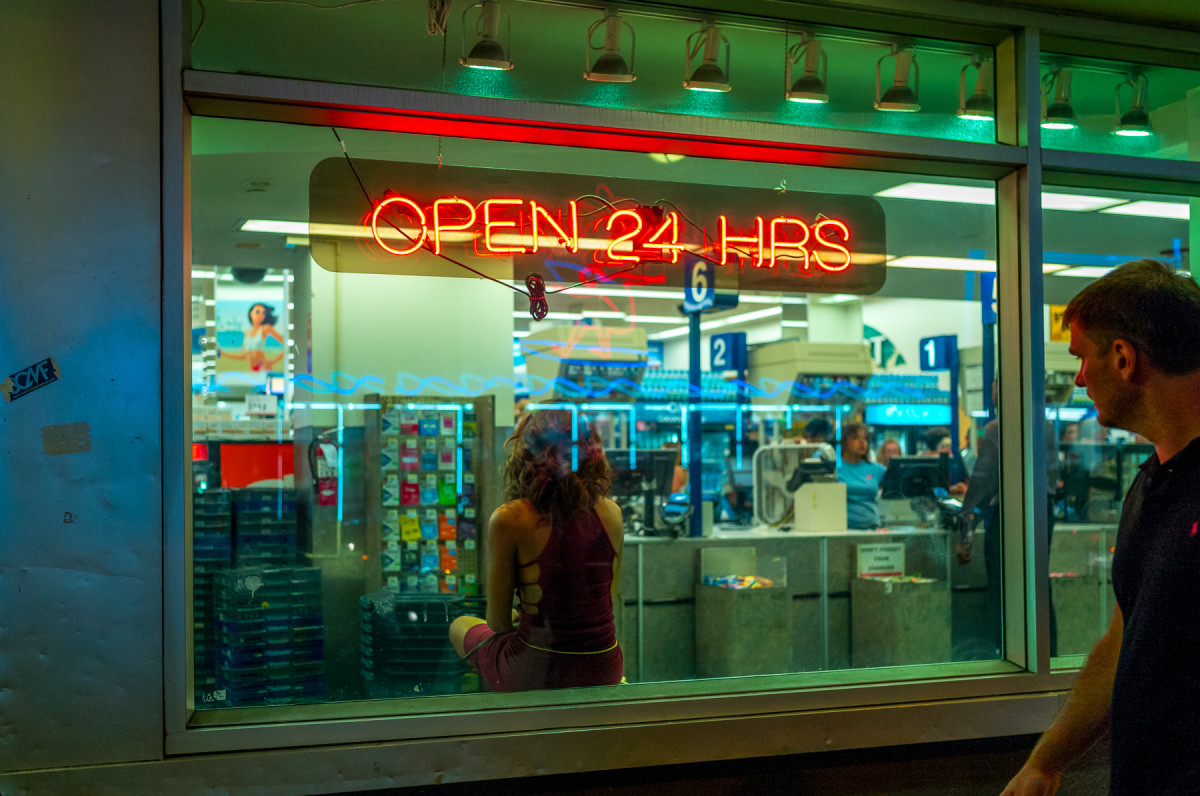
Leica S (Typ 007) with 45mm Elmarit-S
1/750th @ f/2.8, ISO 1600, handheld
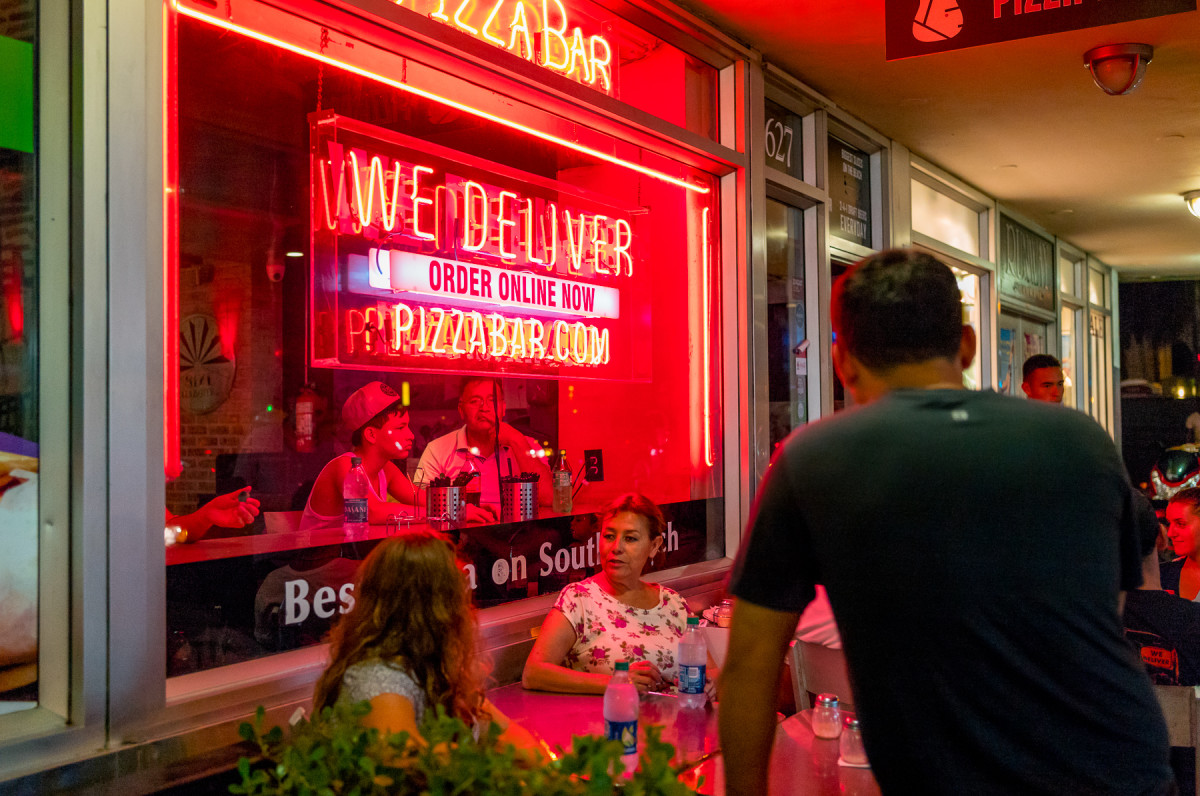
Leica S (Typ 007) with 45mm Elmarit-S
1/350th @ f/2.8, ISO 3200, handheld
And because I could get some decent shutter speeds, I even found opportunities to break out the 120 Macro, one of my favorites for shooting details and short telephoto. Of course, the idea of using a telephoto lens on a medium format camera, at night, handheld, still took some getting used to. Longer focal lengths are even more challenging to hold steady, so are not usually the first lens you go for with this type of shooting.
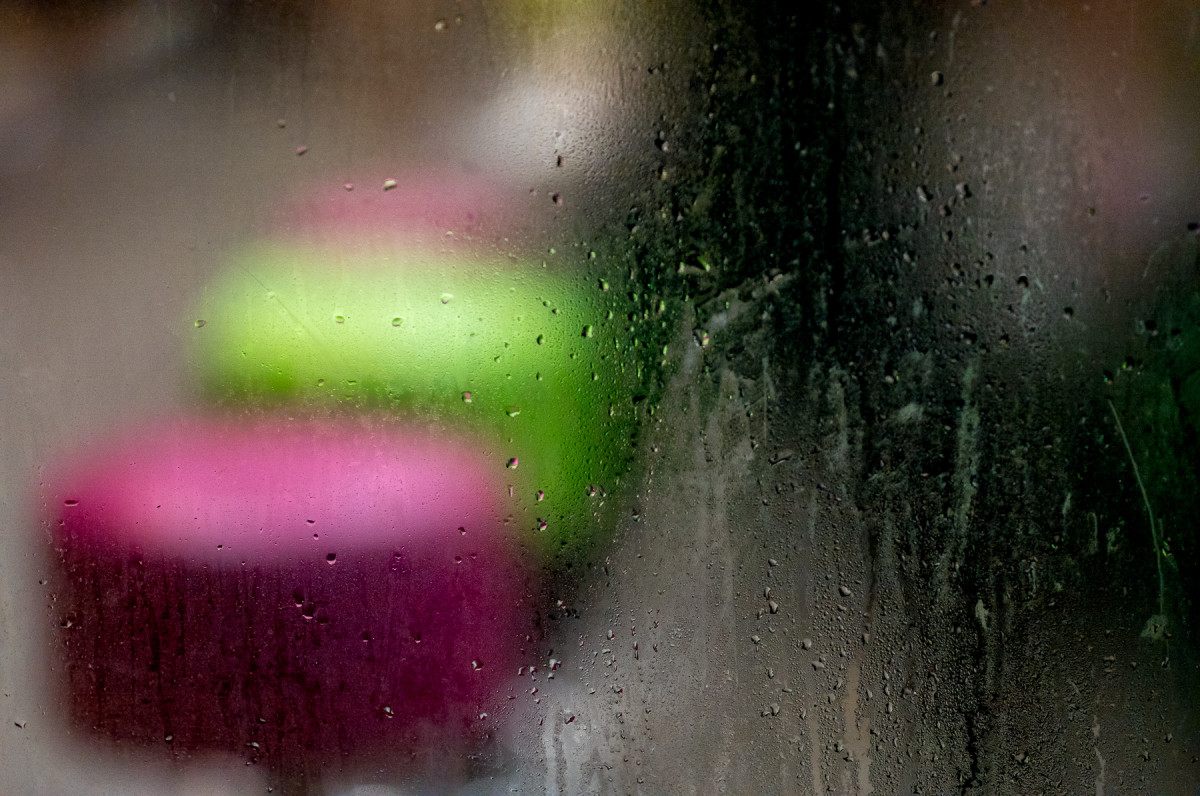
Leica S (Typ 007) with 120mm APO-Macro-Summarit-S
1/500th @ f/2.5, ISO 6400, handheld
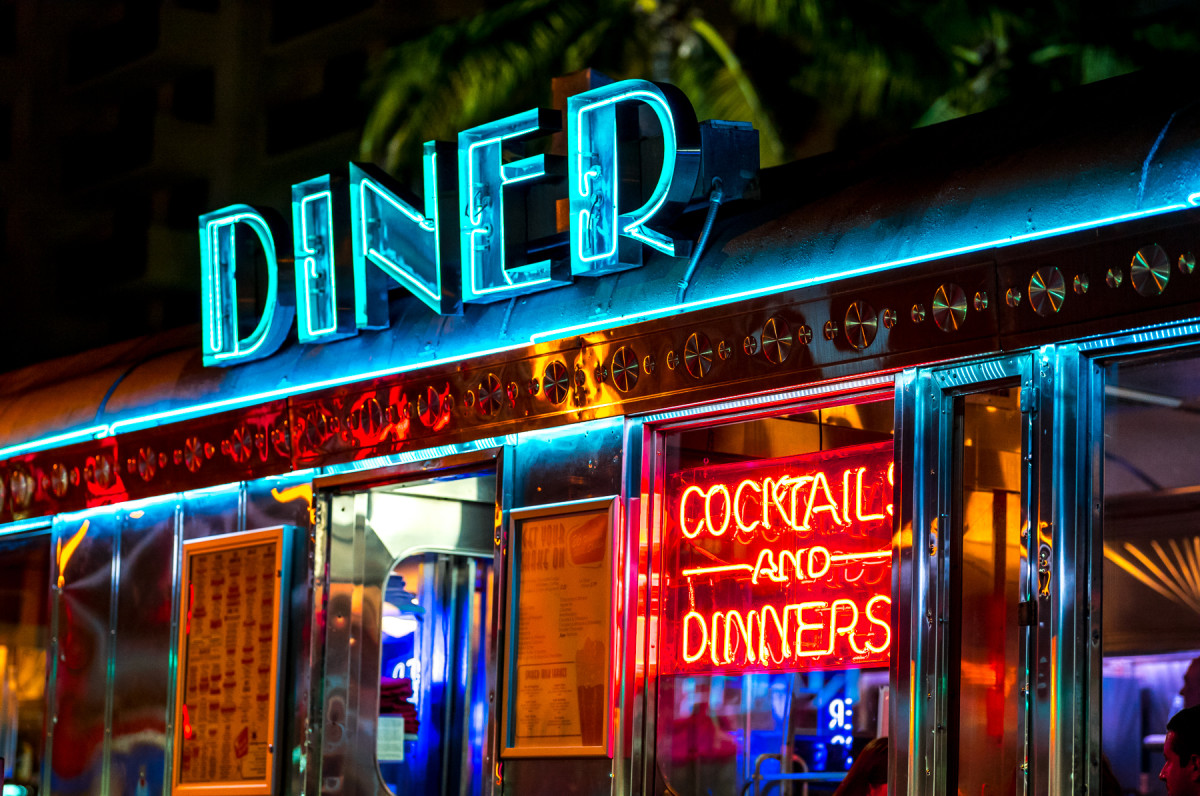
Leica S (Typ 007) with 120mm APO-Macro-Summarit-S
1/125th @ f/3.4, ISO 1600, handheld
ISO Performance
For most of my field trip to SoBe, I found that ISO 1600 and 3200 offered up sufficient speed given the plentiful neon lighting in most scenarios. As is usually the case, by staying at a lower ISO, the files retain more dynamic range and malleability in post. That being said, I was quite satisfied with ISO 6400. Even with some crazy lighting like this wash of blue and purple, and a bright orange car, the image was easily workable in Lightroom.
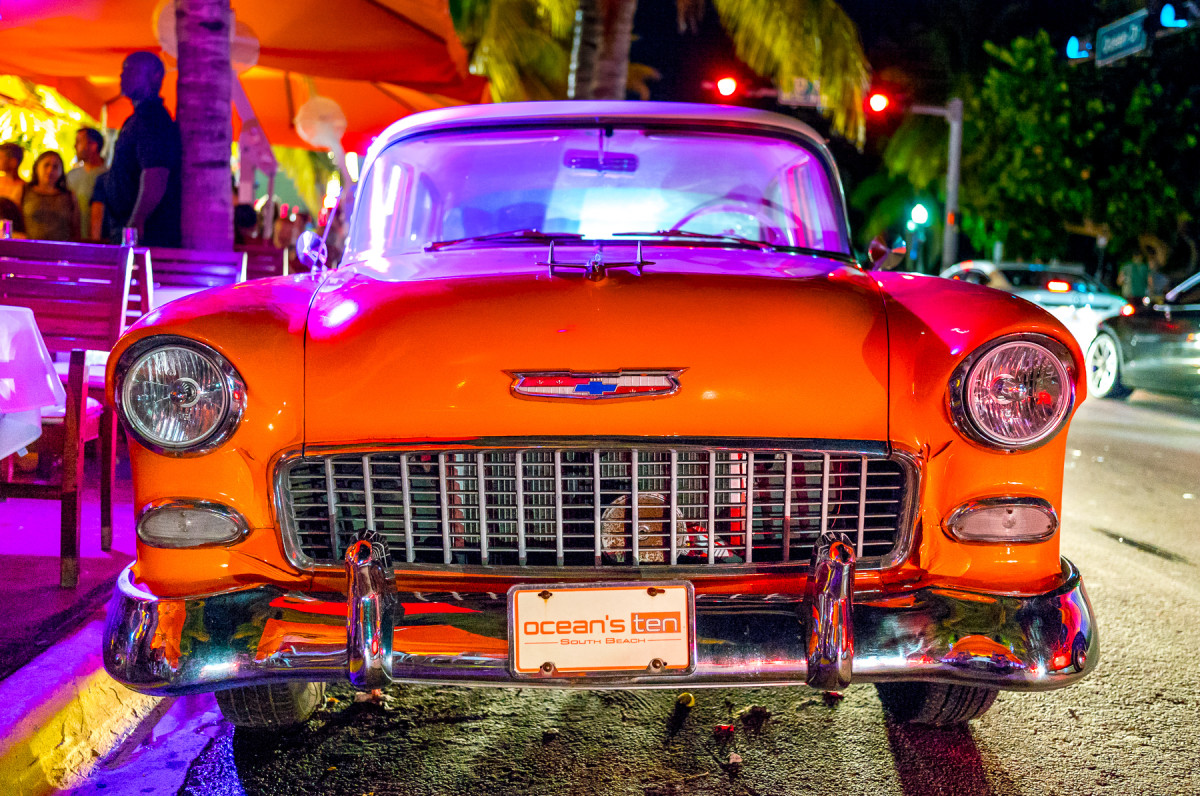
Leica S (Typ 007) with 45mm Elmarit-S
1/60th @ f/2.8, ISO 6400, handheld
In fact, I’d say that the S007 outperforms the M (Typ 240) by about a stop in this regard, at least with regards to straight ISO performance. As I mentioned above, a super-fast M lens changes the calculus. But, apples-to-apples, the sensor in the S delivers better low light results than the M240. Frankly, this isn’t surprising. The 37.5 MP sensor inside the S (Typ 007) is a refined and improved version of the 24 MP MAX CMOS sensor first used in the M (Typ 240).
Both the M10 and SL have gone even further with sensor technology. The M10 at ISO 10,000, or even ISO 12,500, looks a lot like the S007 at ISO 6400. The share a similar fingerprint, with excellent color representation even in challenging, artificial and limited-spectrum light.
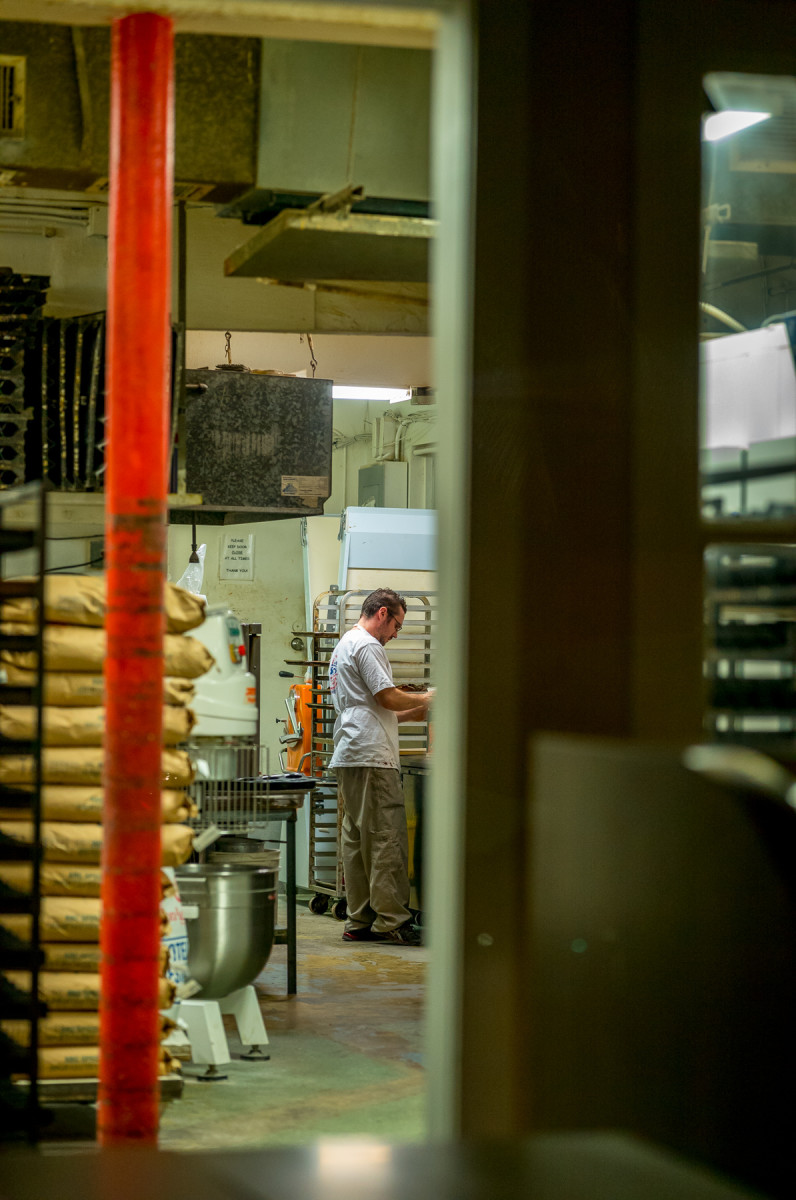
Leica S (Typ 007) with 120mm APO-Macro-Summarit-S
1/250th @ f/3.4, ISO 3200, handheld
Final Thoughts
Overall, I’d call this little experiment a success. The S007 was up to a task it wasn’t really designed for, acting more like an M than an S. I was pleased with the results and had a good time playing around. I shot some images in challenging light and at night in NYC when I first tested the S007, giving me a basic idea of the camera’s capabilities. Specifically revisiting nighttime photography proved to be even more eye-opening than my first go-around. This is especially true given the sheer number of images I’ve logged on the S007 following that test. For just about every landscape outing since, the S has been my baby. It simply performs under all conditions and delivers maximum image quality in the great outdoors.
So, will I grab the S the next time I’m out wandering at night? Probably not. The M10 or SL or Q are a better fit for this kind of photography. Smaller, lighter, less conspicuous. But, what if I am already on assignment shooting with the S, and the chance for some night photography comes up? In the past, I would have just dismissed the idea and not even tried. Now, after seeing what the camera is capable of, I wouldn’t hesitate to jump right in and start shooting with the S. This test forced me to reconsider pigeonholing camera systems and appreciate just how flexible each one really is, often beyond its intended use. And that’s the case with the S007.
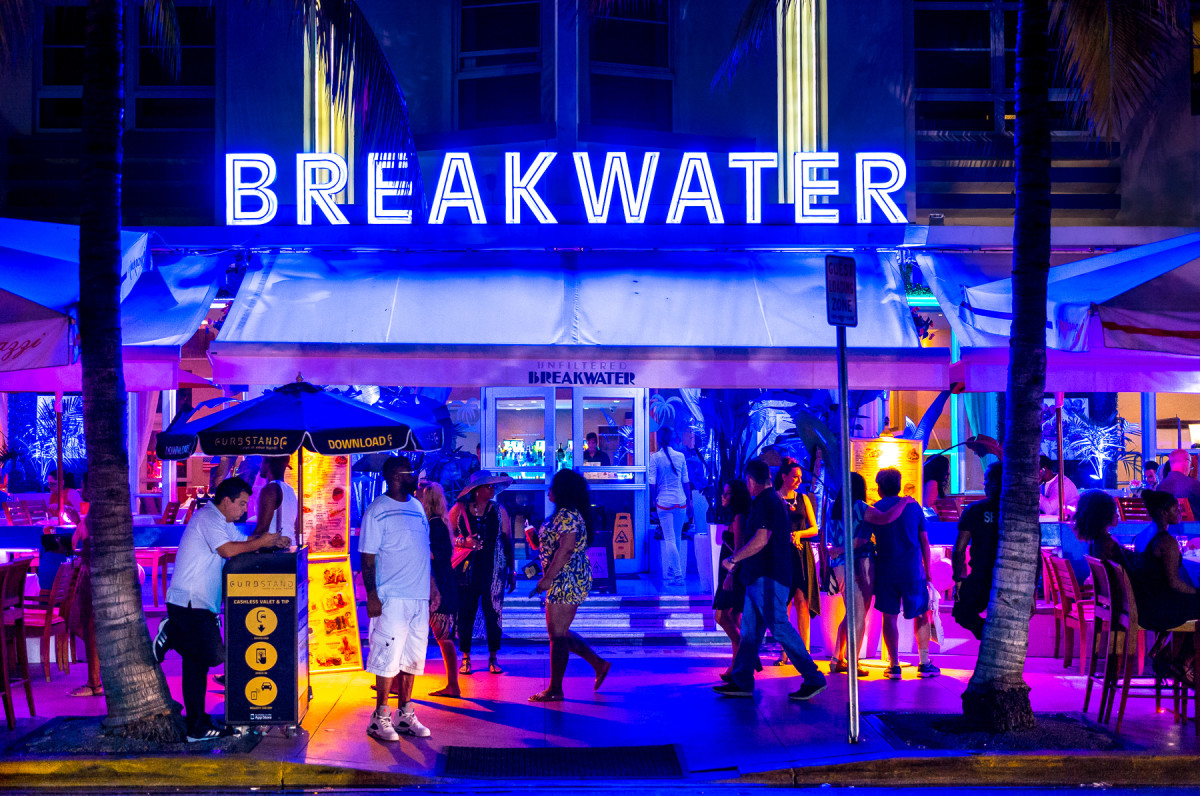
Leica S (Typ 007) with 70mm Summarit-S
1/180th @ f/2.8 ISO 1600, handheld
For other articles on this blog please click on Blog Archive in the column to the right
For other articles on this blog please click on Blog Archive in the column to the right
To comment or to read comments please scroll past the ads below.
All ads present items of interest to Leica owners.
_______________________________________________________________________
To comment or to read comments please scroll past the ads below.
All ads present items of interest to Leica owners.
_______________________________________________________________________
Buy vintage Leica cameras from America's premier Leica specialist
Buy vintage Leica cameras from
America's premier Leica specialist
Click on image to enlarge
Click on image to enlarge
Click on image to enlarge
Click on image to enlarge
Click on image to enlarge
Click on image to enlarge




















